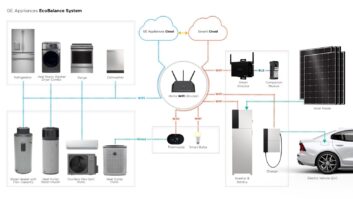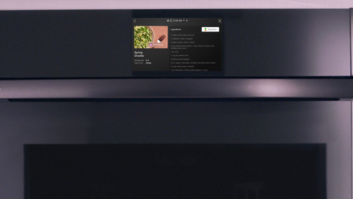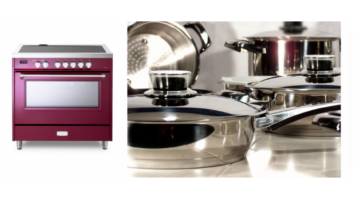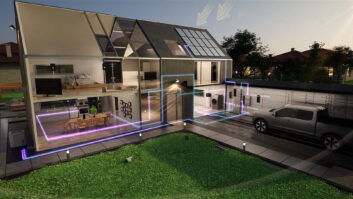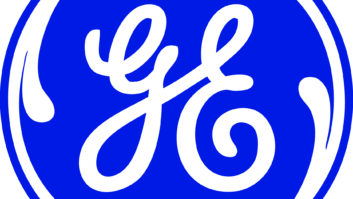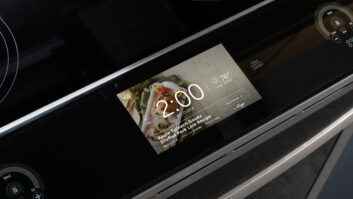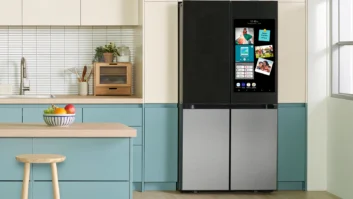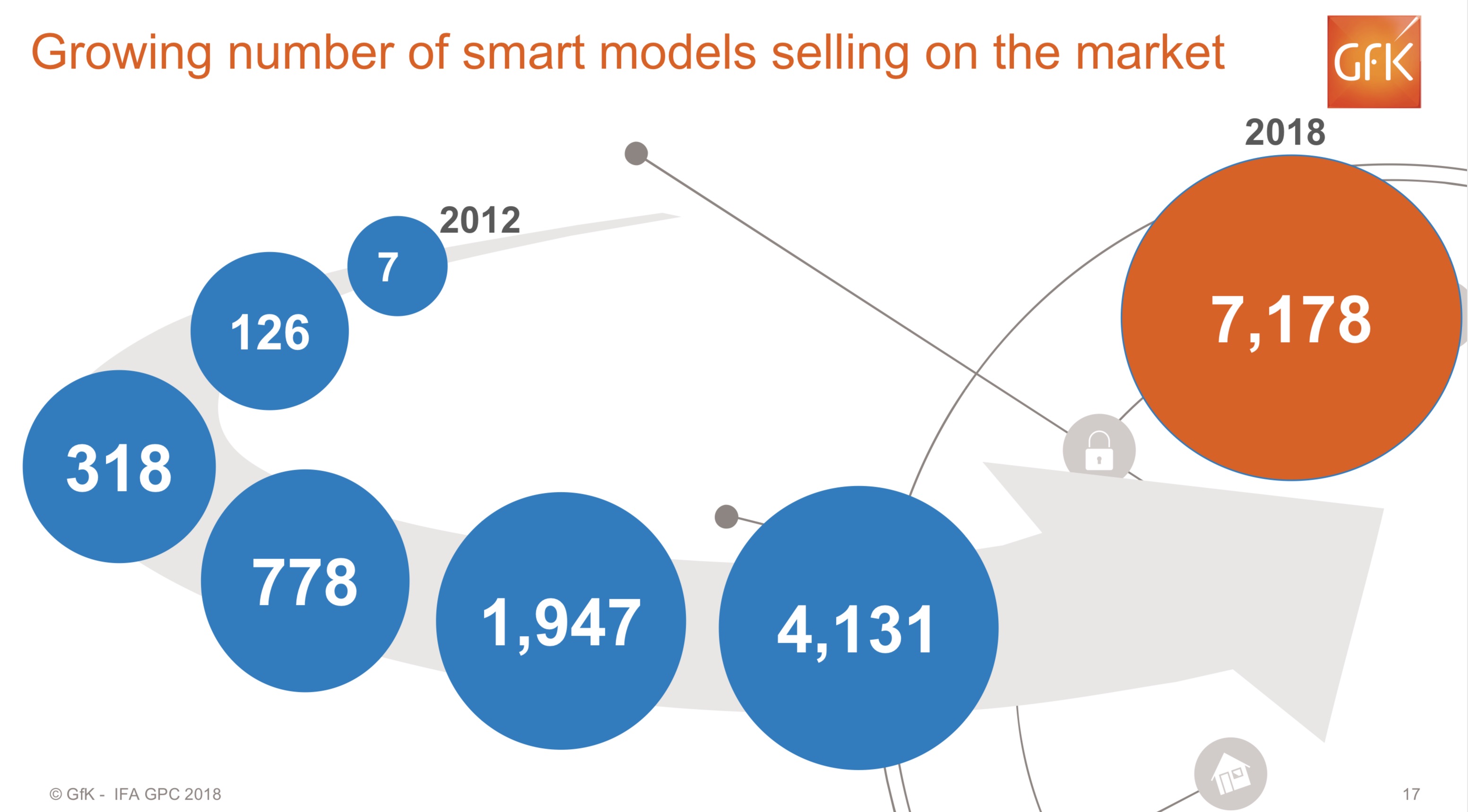
Suddenly, it seems, the major appliance market is alive and well.
After several years of slow or flat growth, major appliance sales are projected to rise from 3 to 7 percent this year to an estimated 549 million units and 10 percent in revenue to $216 billion, with a 2 to 6 percent jump to a potential total of 570 million units in 2019, according to GfK.
One school of thought is that the increasing model variety, visibility and availability of smart appliances from major brands is driving rising sales. According to GfK, 80 percent of retailers worldwide now sell smart appliances, compared with zero in 2012. The number of “smart” appliance models are expected to reach nearly 7,200 this year, which is nearly twice as many as existed in 2017.
See: Cannabis Appliances Generating Buzz
Natalia Andrievskaya, GfK’s global director for major appliances, noted that the market has shifted from push to pull — from manufacturers pushing their smart appliances to consumers pulling, or asking for them.
Even with the excitement of smart appliances, however, “adoption of smart [major appliances] is still relatively low,” Andrievskaya reported. According to GfK, only 7 percent of majaps sold last year were “smart,” up from just 5 percent in 2016.
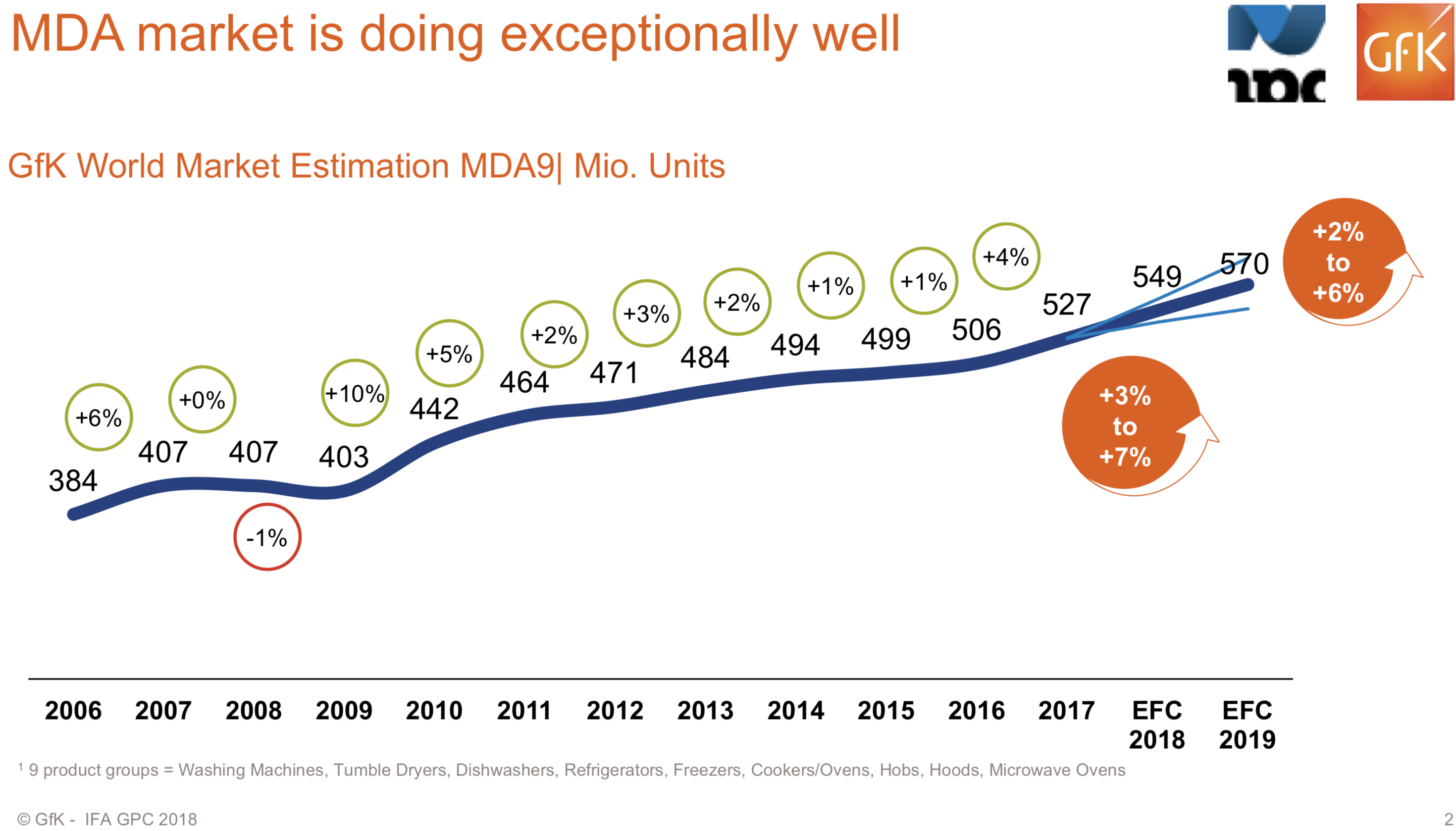
“While consumers are interested and ready for smart appliances, the price, length of a lifecycle and question of value remain big adoption barriers,” Andrievskaya observed. “Home owners continue to struggle with the longer lifecycle of these products not aligning with the pace of technology. They worry about software and technology issues in 10 years. Value proposition is another issue. Consumers are unclear how to identify the value of [smart] product features, many of which seem aspirational rather than useful.”
Plus, China accounts for 60 percent of all smart appliances sold, which may skew a holistic view of the global smart appliance market. “The situation is still very different within regions and products,” Andrievskaya admitted.
See: The Lap Of Luxury
So where is the increase in majap sales coming from?
Average selling prices for appliances have risen from 2016 to 2017, for one thing; washing machine average selling prices rose from $347 to $351, and vacuum cleaners from $145 to $149.
But Andrievskaya posited that the increased incidence of online sales — especially on Black Friday and Cyber Monday and during other promotional campaigns — of heretofore store-bought products is responsible for the sudden buoyancy of the major appliance market. GfK found that European Black Friday week appliance sales in 2017 were 31 percent higher than the average week the rest of the year.
According the GfK, online orders have risen to now account for 20 percent of major appliance sales in Europe, with online sales of refrigerators reaching 30 percent of the market between July and December of last year, and 34 percent for washing machines.





